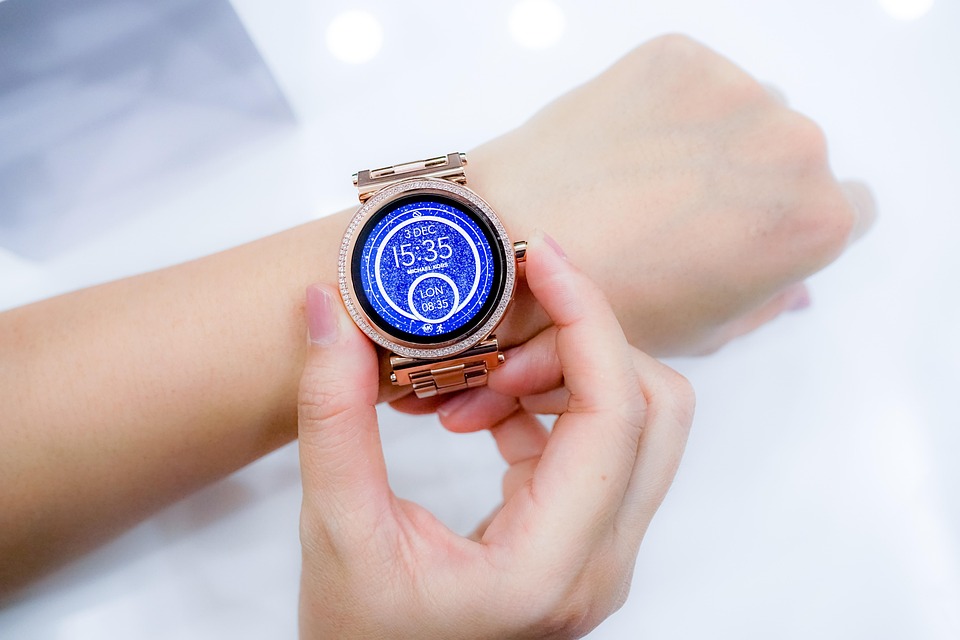With the rise of smartwatches, our wrists have become the latest target for hackers. These nifty devices keep you connected, track your health, and manage your daily life, but they also store a wealth of personal data. Ensuring the security of your smartwatch is crucial to protect your information. Here are some essential tips to help keep your data safe.
1. Set Strong Passwords
Just like smartphones, smartwatches allow you to set passwords or PINs. Make sure to choose a strong, unique password that is not easy to guess. Avoid common combinations like birthdates or repetitive patterns. Some devices even support biometric authentication—so if available, consider using fingerprint or facial recognition features.
2. Enable Two-Factor Authentication (2FA)
Many smartwatch apps, especially those linked to financial accounts or health information, support two-factor authentication. Enable this feature to add an extra layer of security. This means even if someone manages to get your password, they would still need access to your second authentication factor to log in.
3. Keep Your Software Updated
Manufacturers regularly release updates to fix security vulnerabilities and improve performance. Keep your smartwatch and its connected apps up to date. Regular software updates can help protect against emerging threats and exploits.
4. Be Cautious with App Permissions
Smartwatches can access various features, including your microphone, camera, and location. When downloading apps, be judicious about the permissions you grant. Only allow access to information that is essential for the app’s functionality. Unnecessary permissions can expose your data to risks.
5. Use Secure Connections
When syncing your smartwatch with your smartphone or connecting it to the internet, always choose secure connections. Ensure that you’re connecting to trusted Wi-Fi networks and consider using a Virtual Private Network (VPN) for added security. Avoid using public Wi-Fi for sensitive transactions.
6. Limit Data Synchronization
Smartwatches can sync a plethora of information, from social media notifications to health data. Review syncing settings and limit the data shared between your smartwatch and your other devices. This can reduce the risk of unauthorized access to sensitive information.
7. Be Wary of Third-Party Applications
While third-party applications can enhance your smartwatch experience, they can also introduce security risks. Only download apps from reputable sources and check for reviews or feedback from other users. Look for apps that have robust security measures in place.
8. Monitor App Activity
Regularly check the activities and data accessed by the apps on your smartwatch. If you notice any suspicious behavior or unfamiliar applications, take action immediately. Uninstall unrecognized apps and consider resetting your smartwatch if necessary.
9. Utilize Tracking Features for Lost Devices
Many smartwatches come equipped with tracking features that allow you to locate them if they go missing. Use these features as a precaution to safeguard your data in case your device is lost or stolen. In case of loss, remotely wipe your data if possible.
10. Educate Yourself on Phishing Scams
Cybercriminals often use phishing scams to trick users into disclosing personal information. Be cautious of unsolicited messages, emails, or notifications that ask for sensitive data or direct you to unfamiliar websites. Always verify the source before responding.
Conclusion
As smartwatches become increasingly integrated into our daily lives, the importance of cybersecurity cannot be overstated. By implementing these tips, you can significantly reduce the risk of data breaches and unauthorized access. Remember, proactive measures and awareness are your best defenses in protecting your personal data. Stay secure!



